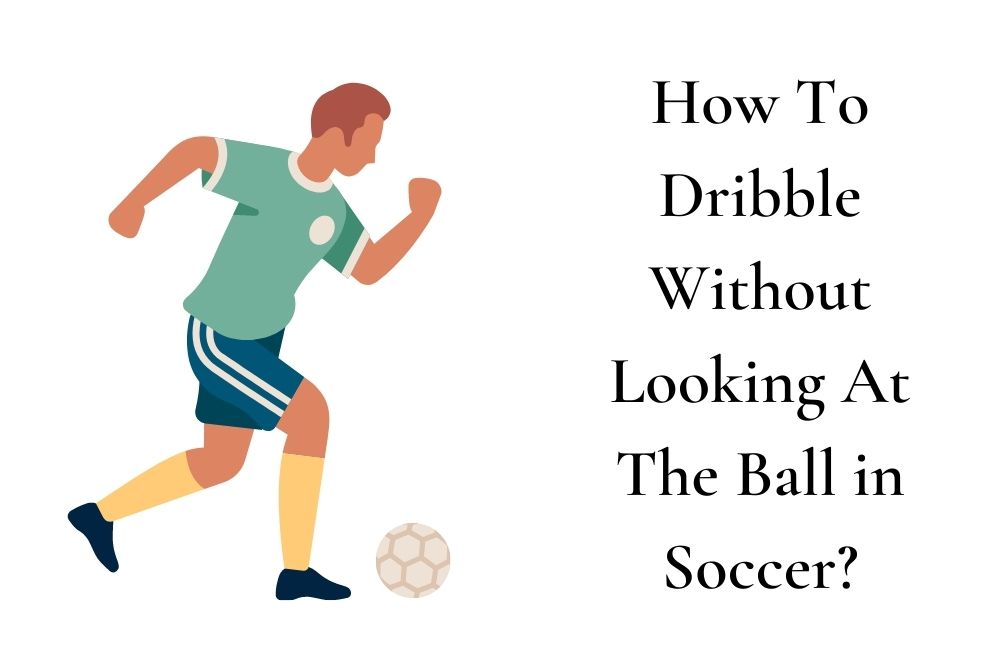Soccer is one of the most entertaining sports in the world for many reasons including the unique moves that soccer players can make with the ball. Dribbling with the ball is one of these moves.
Dribbling, as a maneuvering technique, is essential for anyone who wants to play the game well and score goals without much resistance from defenders.
Players with exceptional dribbling skills make the move look easy and interesting to watch, especially with the way they control the ball with the opponent struggling to keep up.
There have been notable professional soccer players that have been known for their outstanding dribbling prowess. We can go as far back as Pele and Maradona or come closer in soccer history with notable names like Jay-Jay Okocha, Ronaldinho, Neymar, and Messi.
Watching how these players move with excellent ball control makes it a delight to watch them play. Messi is often regarded as a soccer god by fans and soccer enthusiasts because of the humanly impossible things he’s able to accomplish with his feet on the ball.
Possessing dribbling skills is not only for strikers or midfielders alike. The skill can also be used to defend against moves designed to take the ball away from them in an interesting way. When they run with the ball, they use dribbling skills to outwit lurking opponents.
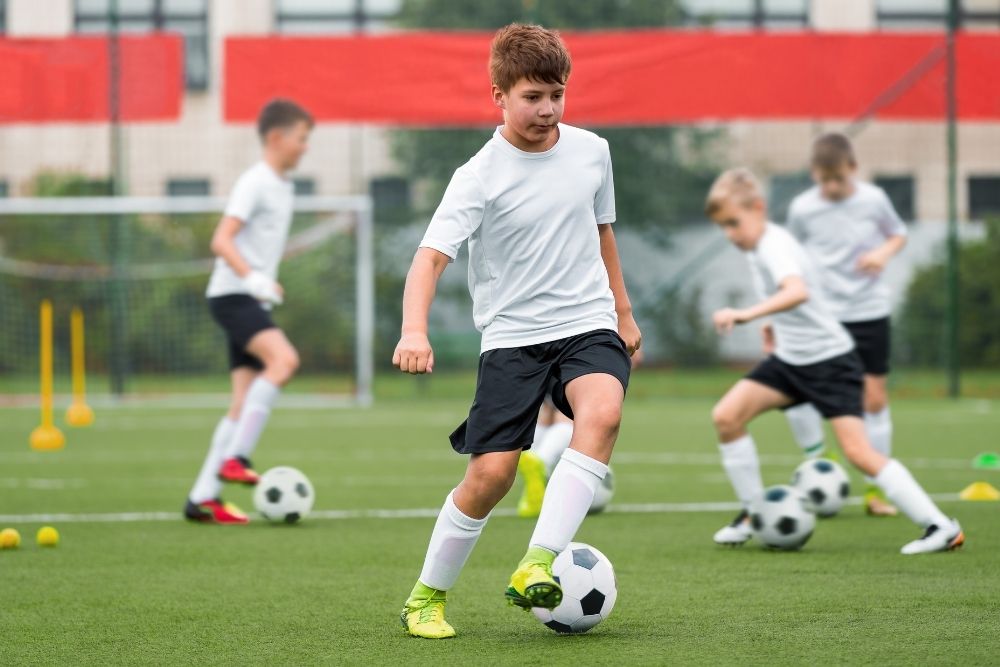
Certainly, even if the team’s goalie is excellent at keeping the ball from entering the goal, without using some level of dribbling to move the ball around and get past opponents, the team may not be able to perform well enough to secure a necessary win or, at the very least, a draw. It could mean the difference between winning a game and having to accept defeat.
One of the essential characteristics of dribbling is to keep one’s head up. This is in addition to moving the ball frequently while keeping it near the feet at all times. It’s a constant cycle of looking down to check your play and looking up to see the location of your teammates and opponents.
Although it may appear simple when performed by skilled players, it requires practice and ongoing training. This article discusses the steps to perfect dribbling in soccer – without looking at the ball.
The step-by-step instructions also include proper drill explanations to ensure that young learners develop into excellent dribblers.
Quick Navigation
- How to dribble without looking at the ball in soccer?
- Step 1: Work on your weaker foot
- Step 2: Work on your ball control skills
- Step 3: Improving on how to receive the ball and control it
- Step 4: Keep the ball confined to your feet
- Step 5: Move forward by dribbling and galloping
- Step 6: Keep the ball in the bottom corner of your line of sight
- Step 7: Use your body to protect the ball and create a low center of gravity
- Step 8: Use your arms to create stability
- Where should your eyes be when dribbling a soccer ball?
- Conclusion
How to dribble without looking at the ball in soccer?
A good dribbler is likely to be a good, respected, and widely admired soccer player. A dribbler is a player who can keep the ball in the team’s possession while maneuvering through the opposition and also creating chances and making the most of the possession.
They are accustomed to changing directions, swerving around opponents, and leading attacks. Certainly, all shooting abilities are meaningless if players are unable to control the ball, with dribbling being one of the best ways to do so.
Soccer drills help players improve their dribbling skills while also introducing them to new ones. By being exposed to a variety of skills, you will be able to use them to your advantage as situations arise. You would also be able to pick the ones that are best for you and are simple to learn.
These drills help improve your eye-leg coordination to help move the ball without necessarily looking at it. The steps taken to dribble properly, without looking at the ball while maneuvering with the legs, are as follows.
Step 1: Work on your weaker foot
Before the game, you should improve ball control on the weaker foot. While dribbling, the best way to avoid being knocked off possession is to train your weaker foot to participate in the gameplay. One of the best drills to achieve this is by kicking soccer balls against the wall with that foot.
After playing straight balls against the wall, try to alternate the angles at which the balls are kicked. Try as much as possible to simulate possible angles of play and keep kicking against the wall at those angles.
The distance and the speed of kicking should also be changed from time to time. No one is expecting you to get it right the first time. Drills targeted at training the weaker foot take time to take effect.
Read more: How To Develop Your Left Foot in Soccer?
Pros
You can improve your chances of completing dribbles by properly training to use both of your legs during matches. As your chances of dribbling improve, so does your value as a player to the team in general.
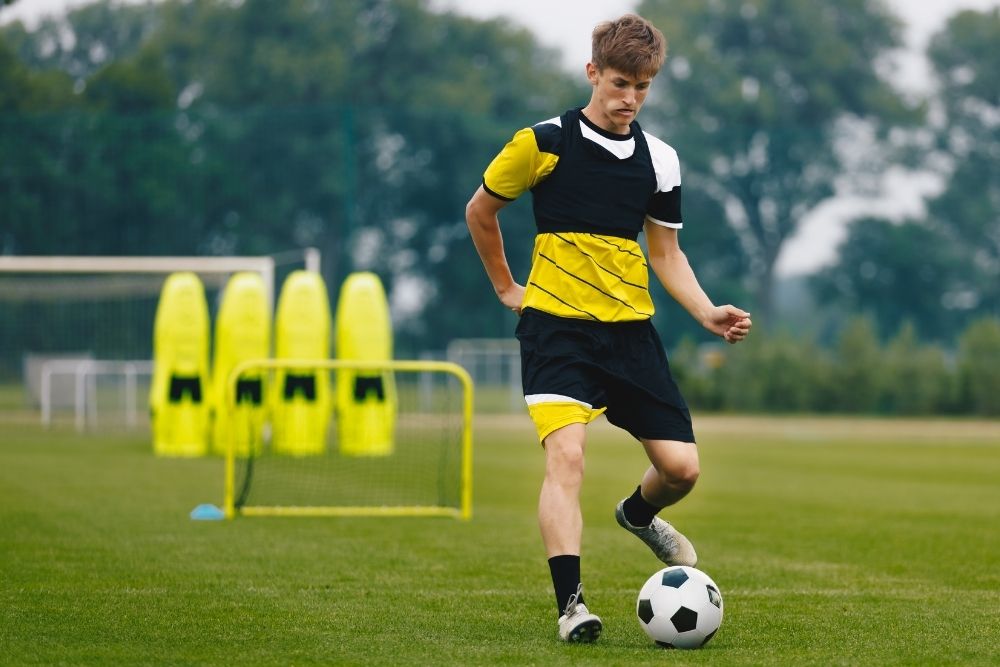
Step 2: Work on your ball control skills
Before entering a match, you should go through various drills to improve your performance. However, if you’re learning to dribble, there are a few drills you should focus on. These drills improve your game-day conditioning, and if you’re a young player, they help to instill a strong training culture in you.
The Zig-Zag Slalom is a drill that you should practice. This drill will undoubtedly improve your ability to turn sharply while maintaining possession of the ball.
It has to do with having two parallel lines of cones set up. These cones should be arranged so that there are only a few feet between them within each line. Now, zigzag from one end to the other of the two lines. This should be done effectively.
- AGILITY TRAINING: Includes 20 high visibility orange training cones - essential for any training...
- COACH FAVORITE: Low profile design keeps the field safe while still serving as flexible and durable...
- STORAGE TOTE: Includes sturdy mesh tote bag with drawstring to keep cones organized and easy to take...
Last update on 2023-11-11 / Affiliate links / Images from Amazon Product Advertising API
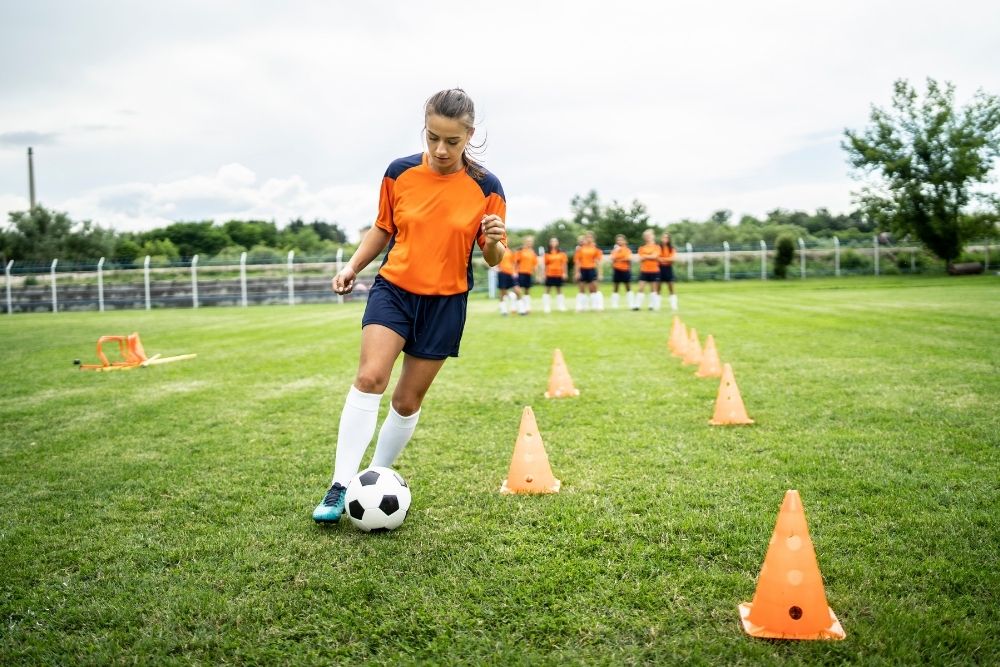
Another drill you should master before attempting a dribble in a soccer match is the fast feet drill. The goal of this drill is to improve foot flexibility by making you comfortable moving the ball between your feet quickly.
It also aids in ensuring that the legs are lifted comfortably to perform more advanced moves. Two fast feet drills to practice are toe taps and V-pulls.
Toe taps involve tapping the top of the ball with the bottom of your feet while keeping your knees up, whereas V-pulls involve rolling the ball back with the bottom of your foot, toggling between feet continuously, and eventually quickening speed.
Read more: How To Control A Soccer Ball While Running?
Pros
Ball control is an important aspect of dribbling. Successful dribbles are those where players maneuver their way around the opposition while still retaining possession of the ball – this is what these drills teach you.
Step 3: Improving on how to receive the ball and control it
Since soccer is not played in isolation, you’ll be receiving passes from teammates and intercepting the opponent’s passes throughout the game.
It is fairly easy to control low-velocity shots passed towards you but being able to control fast-moving passes helps improve your ball-handling skills and possession game. Knowing the location of teammates at every time of the game helps effect successful passes.
You have to train your feet to receive balls without necessarily looking down at them. This gives you extra time, no matter how little, to understand your immediate environment.
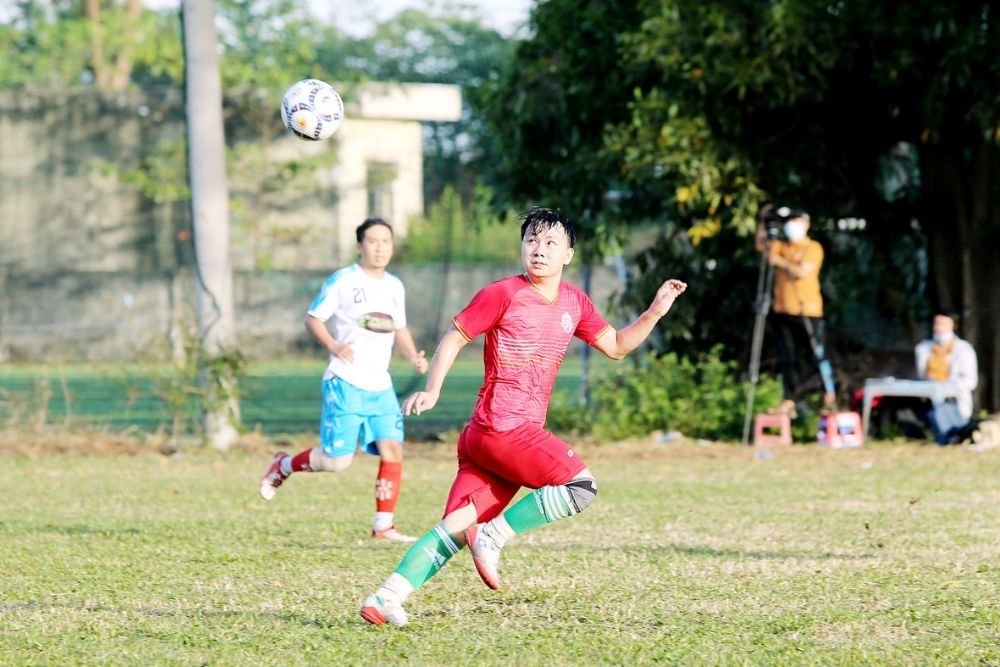
Continuous practice will help master this skill. Don’t be too hard on yourself, there’s no player in the history of the sport that has 100% successful ball control when receiving the ball.
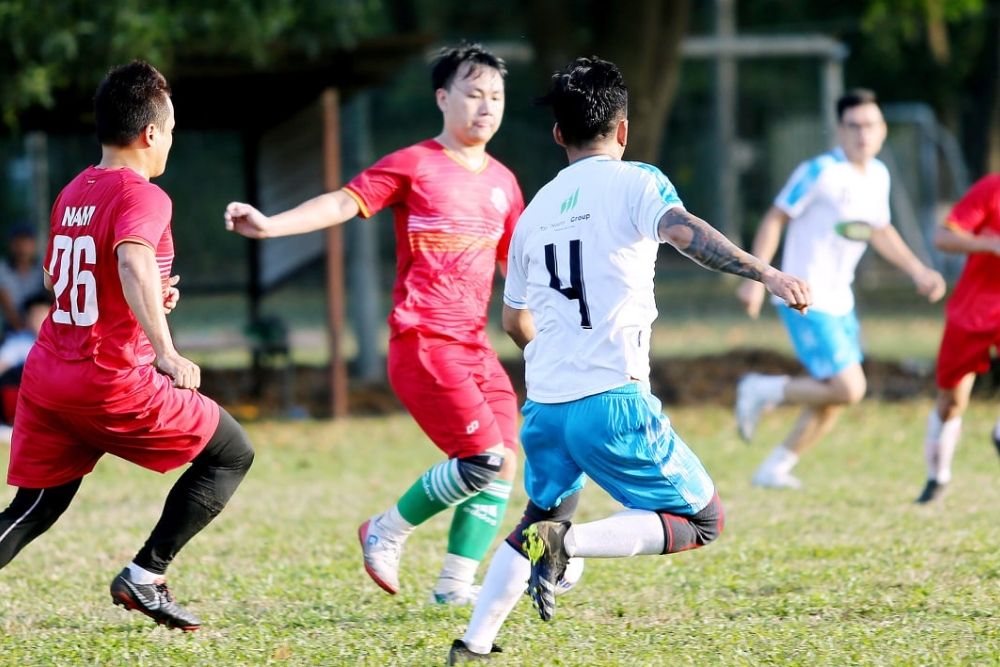
Pros
You should have control of the ball before dribbling. The whole point is to keep possession of the ball because you’ll need to make quick touches with your feet, which requires consistent ball possession.
Step 4: Keep the ball confined to your feet
Dribbling begins with passing the ball back and forth between the insides of your feet comfortably. This is accomplished by keeping the knee slightly bent to allow for quick passes.
Opponents should not be closer to the ball than you are. This ensures that when you want to change direction, you can do so quickly.
The best way to imagine this is to assume there’s a reasonably sized magnet in the middle of the soccer ball and your cleats are somehow made from metal. That’s how close the ball should be to your feet to allow for dribbling without looking down.
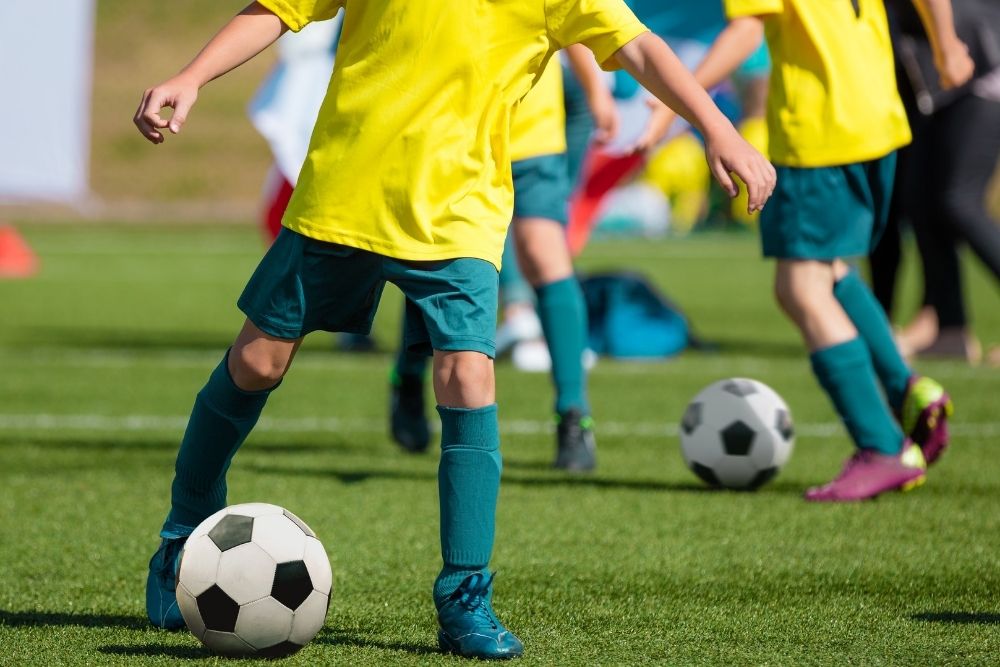
Pros
By keeping the ball as close to your feet as possible, opponents will find it difficult to wrestle it away from you without committing a foul. Even if they do intercept the ball, they will find it difficult.
Step 5: Move forward by dribbling and galloping
You’d eventually have to advance with the ball towards the opposition territory. This is accomplished by galloping in a specific manner, that is, by stepping forward with the same foot each time you run.
As the run progresses, the leading edge of the foot must be kept forward to maintain contact with the ball. Practice with drills that will allow you to know the right comfortable distance to gallop with the ball.
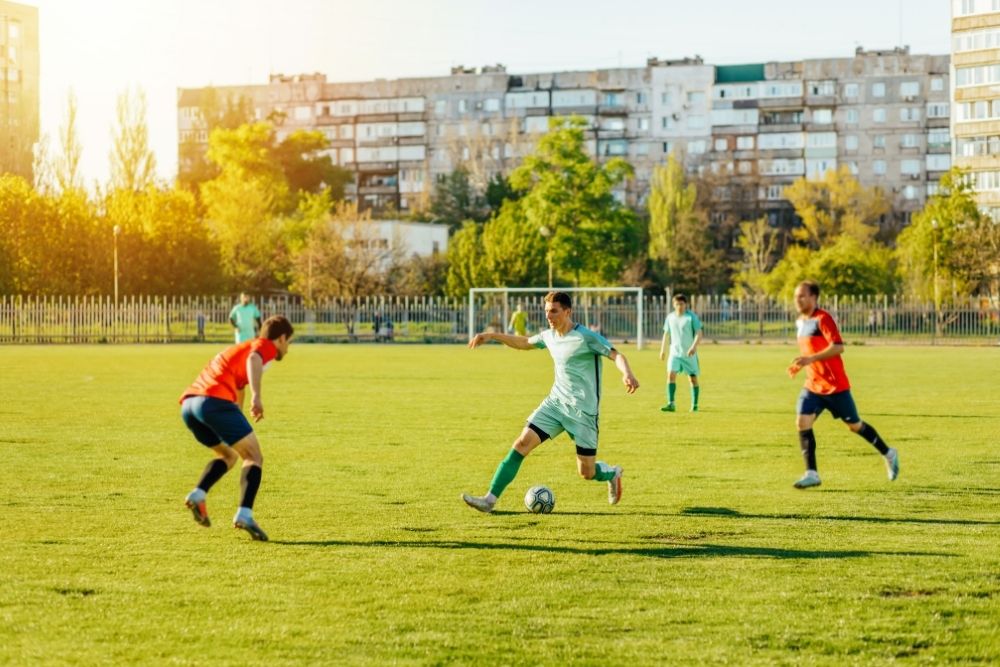
Done properly, you can achieve this while taking your eyes off the ball and letting your eyes access dribbling opportunities around you.
Dribbling without pace results in predictable touches for opponents. When touches become predictable, the essence of dribbling crumbles.
As a result, as you dribble, increase the speed at which you do so appropriately; depending on the situation. By increasing the frequency with which you touch the ball, you can easily catch opponents off guard because your moves will be extremely confusing.
Pros
This maintains balance while not sacrificing speed. Overall, despite the dash, the ball is effectively controlled and team possession is maintained. Aside from weaving through opponents, increasing your pace while dribbling makes for an entertaining game of soccer for spectators.
Step 6: Keep the ball in the bottom corner of your line of sight
This is arguably the most difficult task for dribbling beginners to complete, and it is not easy unless properly mastered. Beginners typically perform dribbling while refusing to take their gaze away from the ball, resulting in a limited field of vision. This isn’t right.
Instead of focusing on the feet and ball, keep the ball at the bottom of your peripheral vision. For a start, you can cast smart downward glances, but you can’t keep them up all the time. Dribbling is essentially about making upward and downward glances while performing smart touches with the feet.
It’s important not to put much pressure on yourself if you, as a beginner, find it hard to completely remove your eyes from the ball or your feet. Continuous practice will help boost your confidence in your feet ball control.
Pros
Aside from dribbling, keeping the ball in the lower edge of your peripheral vision improves your overall game. This helps you keep track of everything that is happening on the field, including moves by teammates to open up space for you or moves by opponents to set a block against passage.
As a result, skilled players like Leo Messi are always looking up and scanning the horizon for room to spread into while dribbling with the ball.
Cons
As a beginner, making glances from the ball to the field can easily lead to costly mistakes, as a result of distraction, if not properly practiced and mastered.
Step 7: Use your body to protect the ball and create a low center of gravity
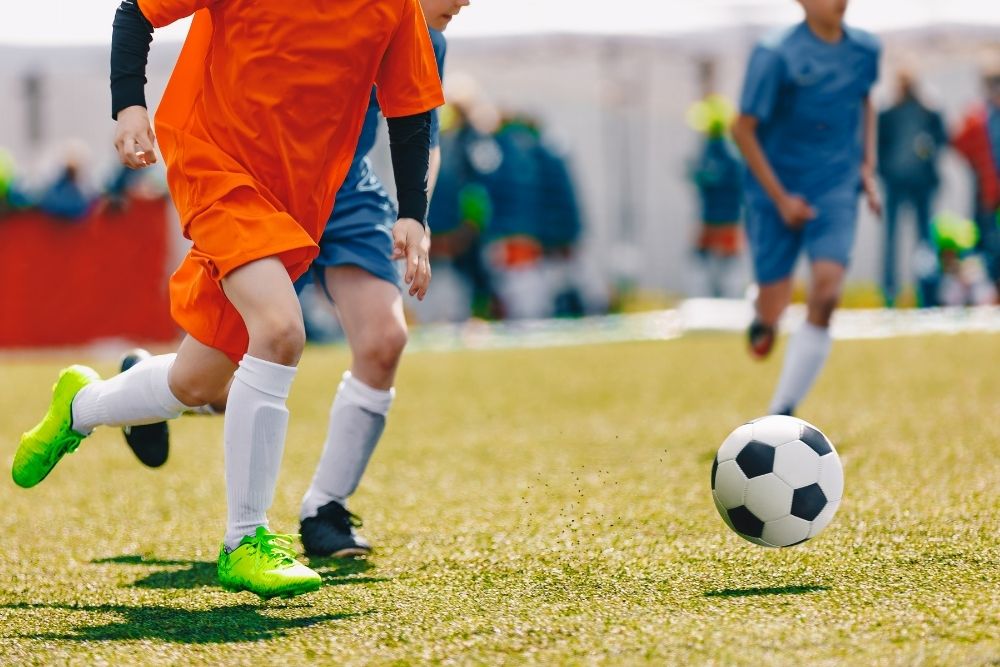
The body should be used as a shield against opponents’ attempts to obtain the ball. This is done whenever an opponent is close.
The best way to do this is to use your entire body to keep your opponents at bay. You can also use your arms, shoulders, and legs to protect the ball you’re holding. Just ensure you don’t use it offensively to hit off the opponent.
You should also keep your center of gravity low by keeping your posture low over the ball and your knees slightly bent. Knowing the ball is well protected allows you to take your eyes off the ball and focus on observing your environment.
Pros
The ball is brought as close to the leg as possible by maintaining a low center of gravity. This gives you more control over it and makes it more difficult to get rid of it.
Step 8: Use your arms to create stability
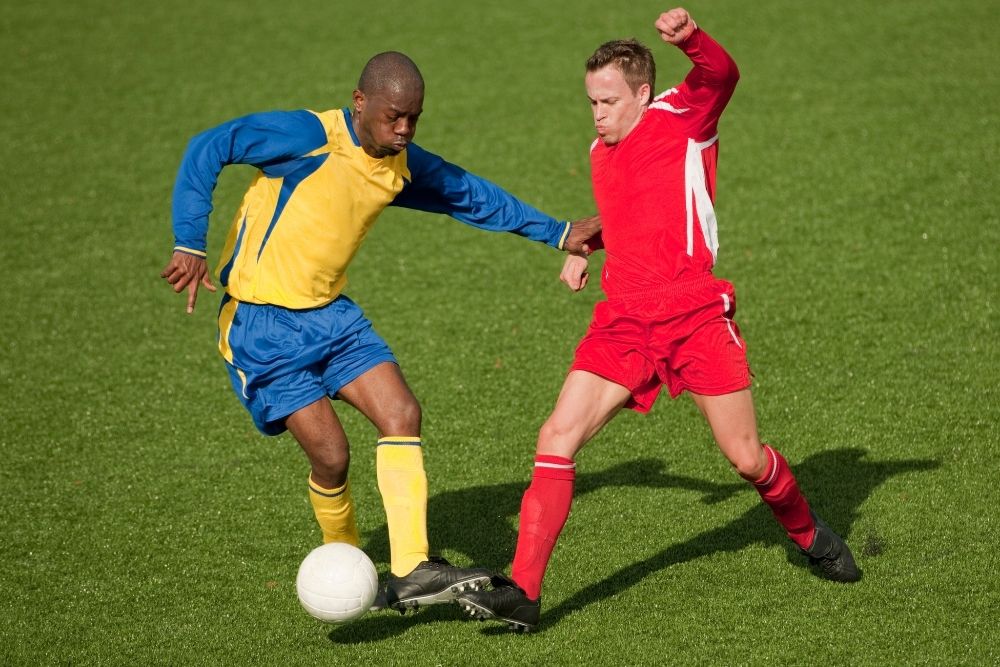
Since we talked about using the arms and shoulders as shields, it’s good we understand it plays a much more important role than that.
When the arms are properly positioned, they create the necessary balance for better dribbling performance.
Arms should be flung to the sides depending on where stability is needed to maintain balance. How does this help in dribbling without looking up?
Ensuring that you’re stable enough allows for more successful dribbles. Knowing your body’s posture is perfectly aligned, allows you to take your eyes off the ball and focus them on the intended opponent body movements you’re trying to get past.
Where should your eyes be when dribbling a soccer ball?
Some players, particularly beginners, are often perplexed about where their gaze should be fixed while dribbling. Moreover, advanced players face this issue because some dribbling techniques are complex and necessitate gazing at the ball.
During dribbling, the eyes should be fixed below the line of sight, allowing peripheral vision to be used to observe the ball, opponents, and teammates. Peripheral vision is a predator’s vision, and when you use it, you essentially see it in black and white.
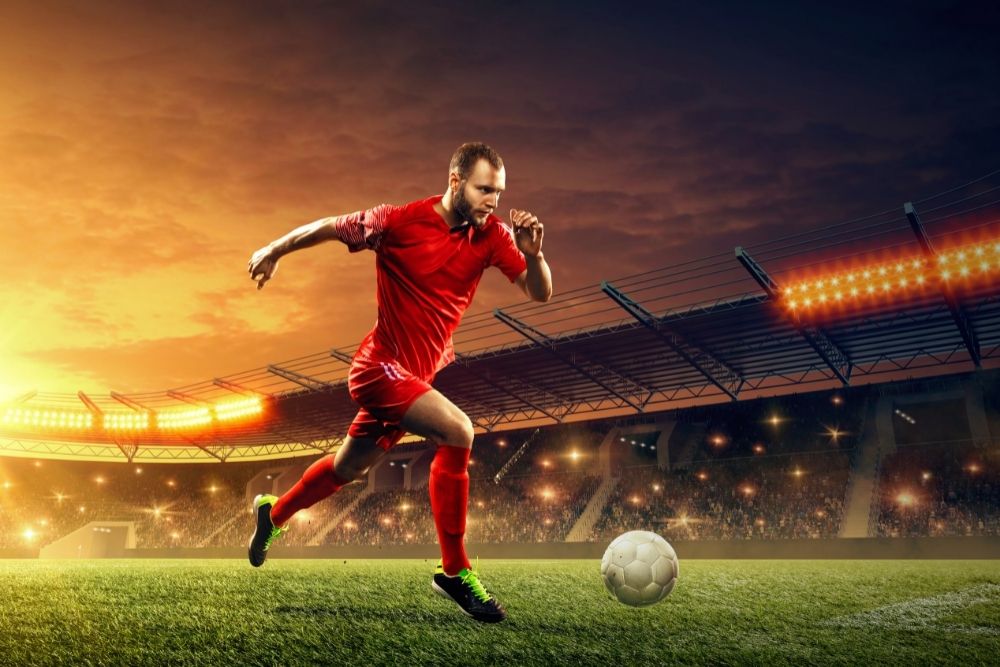
It engages in detecting motion and is ideal for observing the quick movements of the feet, ball, and your immediate environment. If you’re being pressed hard, keep your gaze fixed on your nearest opponent’s knee or thigh. With your main or peripheral vision, you would be able to see the opponent’s movements, the ball, as well as an outlook of the field.
However, when shooting or making a long pass, your gaze should now be directed to the ball. This is allowed because you’re moving at a slower pace.
You will be able to kick the ball across towards the target by looking at it; after you must have identified the target by looking up. Ultimately, while dribbling, the eyes should be directed at the opponent’s body movement, accessing free spaces around you to make a run, and little glances at your feet and ball, depending on the situation.
Conclusion
Dribbling without looking at the ball is one of the best ways to get past opponents in soccer, and it makes the game more enjoyable. Players must keep their heads up as much as possible while dribbling, especially if they have a good sense of vision.
There is also the requirement to look at the ball, particularly when receiving or making long shots or passes. This ensures that the ball is precisely directed towards the target and that teammates and opponents’ movements are known.
Hi there, I’m Jay.
Soccer is everything in my life! My friends and I have created this blog with all our enthusiasm, passion, and understanding after years of playing pro soccer. Hope you will enjoy it!
